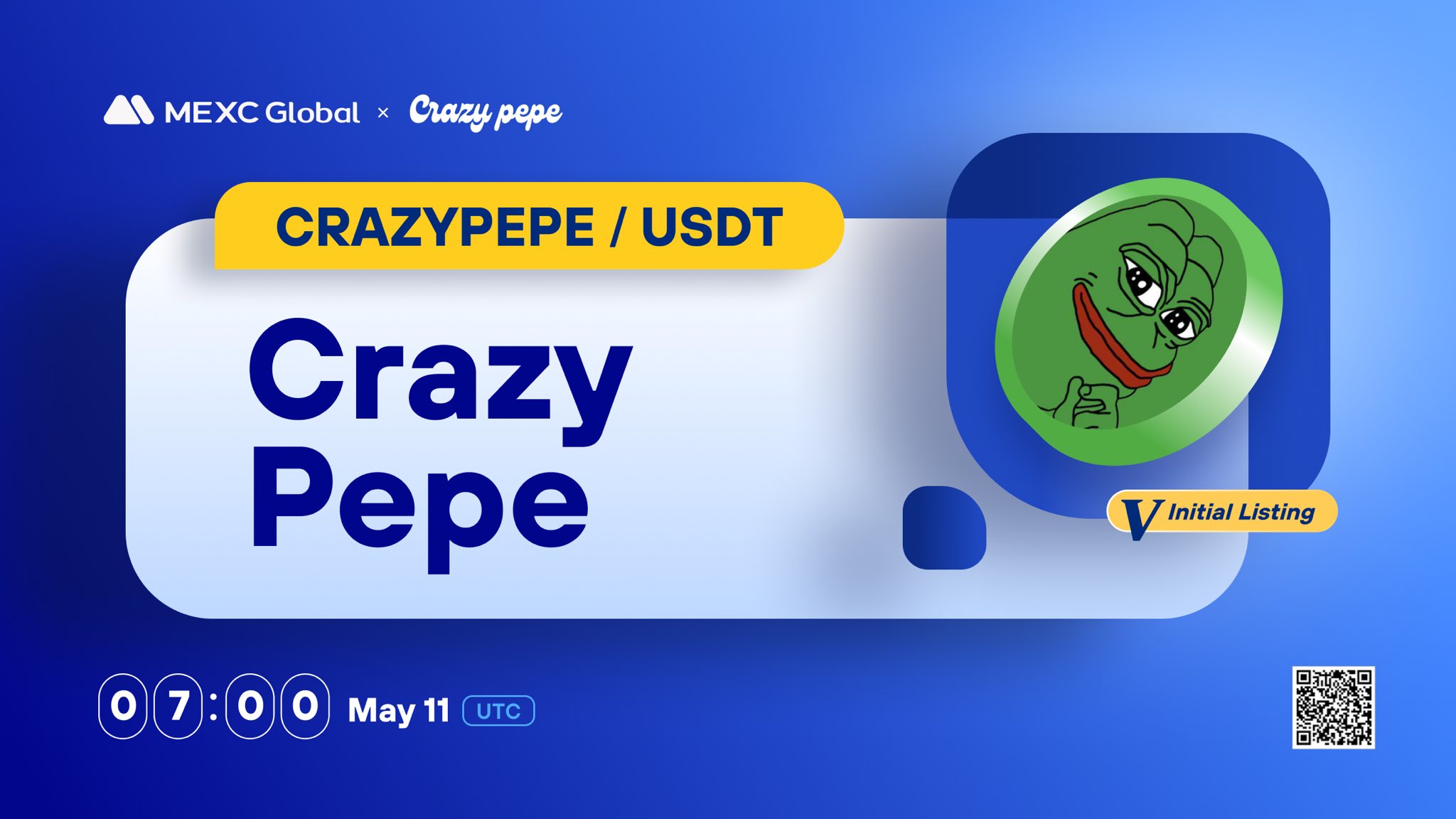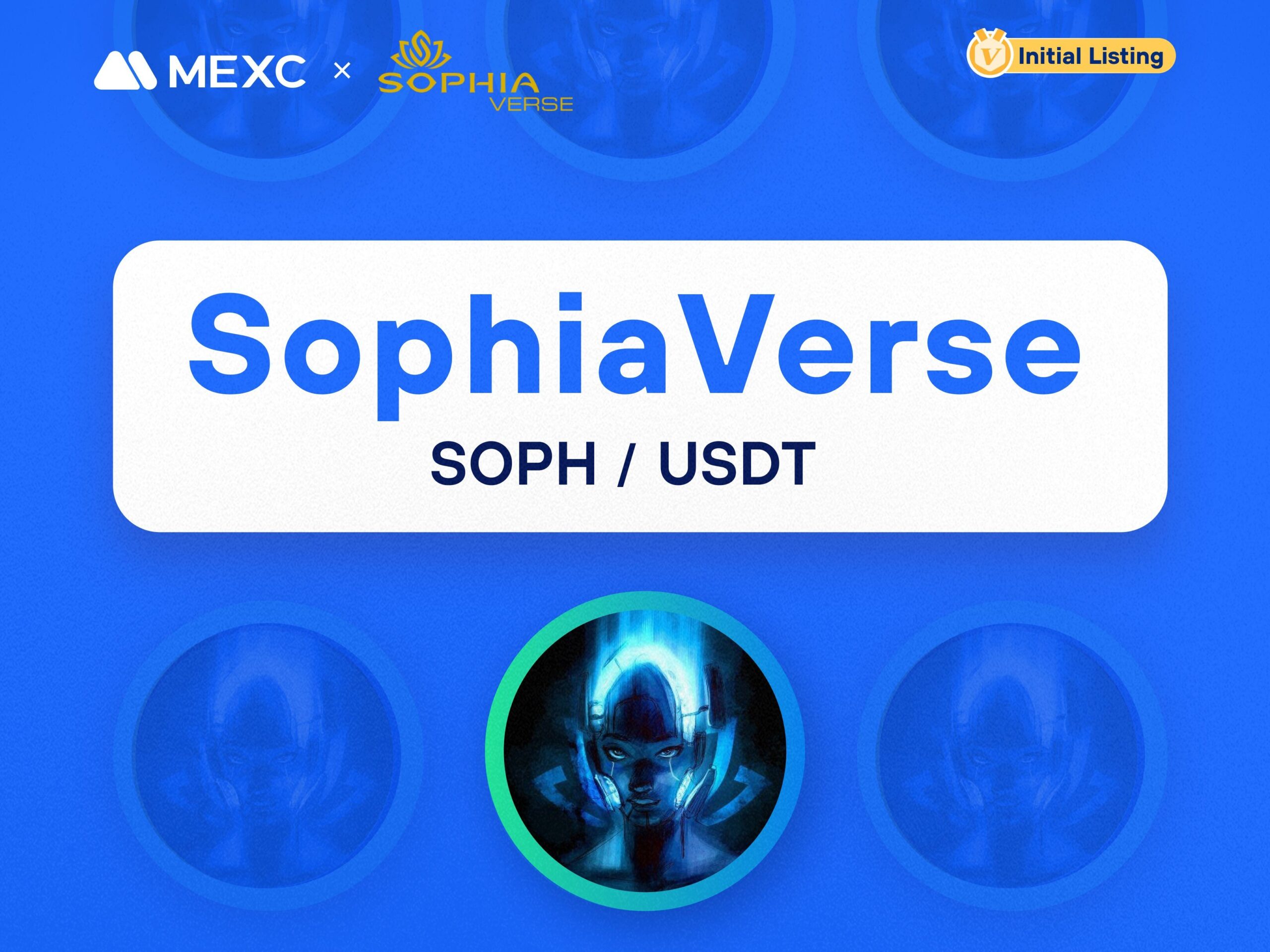Pulsechain is a layer 1 solution for Ethereum. It is a fork of the Ethereum blockchain designed to be faster, cheaper, and more scalable than Ethereum.
Essential information for their token is available on the MEXC Digital asset introduction page. Furthermore, we are listing (PLS/USDT – Trade it here) on the Innovation Zone! Check it out now!

What Exactly is PulseChain?
PulseChain is rapidly gaining attention in the blockchain industry as a swift and cost-effective platform. Designed as an open-source, public blockchain, PulseChain offers a viable alternative to Ethereum, distinguished by several unique features that enhance its functionality.
A key advantage of PulseChain is its ability to mirror the entire Ethereum blockchain state. This includes all transactions, user accounts, and smart contract interactions, providing a robust and secure network. This complete replication is a first among Ethereum hard forks, ensuring high reliability and security.
As the programmable blockchain sector continues to advance, PulseChain is becoming increasingly popular. Its main objective is to tackle Ethereum’s scalability challenges by presenting a low-cost alternative to the leading smart contract blockchain. By offering greater scalability and faster transaction times, PulseChain emerges as an excellent choice for businesses and developers seeking a dependable blockchain network.
Initially, PulseChain adopted a fork of Binance Smart Chain’s Proof-of-Stake (PoS) consensus mechanism called Parlia. However, it has since transitioned to a more advanced model known as Proof of Staked Authority (PoSA). This model includes native validator staking, rotation, and reward-slashing contracts, enhancing network functionality.
The network operates with 33 validator nodes, and anyone can become a validator by staking 5,000,000 PLS tokens. Validators earn a share of the transaction fees across the network, though it is important to note that the initial staking deposit is non-refundable. PulseChain also incorporates a validator rotation mechanism to ensure fair distribution of node activity. The community can replace validators every 24 hours based on the amount of PLS tokens staked, which encourages staking and strengthens network security.
Pros and Cons of PulseChain
PulseChain presents a compelling alternative to Ethereum, offering several advantages and some drawbacks worth considering.
Benefits of PulseChain
One of the most notable advantages of PulseChain is its speed and affordability. Unlike Ethereum, where transactions can be slow and costly, PulseChain is designed to process transactions in mere seconds and with significantly lower gas fees. This efficiency makes PulseChain an attractive option for users and developers seeking a fast and economical blockchain solution.
Another significant benefit is PulseChain’s enhanced scalability. Ethereum often struggles with congestion, especially during high-demand periods, which can lead to delayed transactions and increased costs. PulseChain addresses this issue by supporting a higher transaction throughput, allowing it to handle more transactions per second without experiencing the same level of congestion. This scalability is crucial for applications that require high transaction volumes and seamless user experiences.
PulseChain also boasts greater energy efficiency. The platform uses a Proof-of-Stake (PoS) consensus mechanism, which is more environmentally friendly compared to Ethereum’s energy-intensive Proof-of-Work (PoW) system. By reducing the energy consumption associated with transaction validation, PulseChain offers a greener alternative for blockchain technology.
A unique aspect of PulseChain is its community-driven development model. Unlike many blockchain projects that are controlled by a single entity or organization, PulseChain is overseen by its community members. This decentralized approach ensures that the network’s evolution is guided by a diverse group of stakeholders, potentially leading to more innovative and user-focused developments.
Drawbacks of PulseChain
Despite these advantages, PulseChain is not without its drawbacks. Being a relatively new project, PulseChain is still in development, which introduces a level of uncertainty and risk for potential investors. Investing in PLS tokens, the native cryptocurrency of PulseChain, carries the risk associated with any emerging technology—there is always the possibility that the project might not meet its goals or could face unforeseen challenges.
Additionally, the price of PLS tokens is highly volatile. As with many cryptocurrencies, the value of PLS can fluctuate dramatically over short periods. This volatility means that investors could experience significant financial gains or losses, making it a risky investment for those not prepared for potential price swings.
Moreover, PulseChain faces stiff competition from other blockchain networks such as Solana and Cardano. These competitors also aim to provide fast, cheap, and scalable solutions, and they have already established themselves in the market. The presence of these well-funded and technically advanced competitors means that PulseChain will need to continuously innovate and improve to maintain and grow its user base.
How To Receive PulseChain Airdrop
PulseChain forked Ethereum on May 13, 2023. Therefore, anyone who held ERC-20 tokens or NFTs in a non-custodial wallet on the Ethereum blockchain received a 1:1 copy of those tokens on PulseChain. ERC-20 tokens are fungible tokens on the Ethereum blockchain, such as Ether (ETH), HEX, Chainlink (LINK), and Wrapped Bitcoin (WBTC).
Furthermore, All copied tokens will keep their original names, except for Ether (ETH), which will be renamed to Pulse (PLS) since each of these tokens is the native currency of its respective blockchain.
Where to buy PLS Token
You can find PLS Tokens here at MEXC! We are listing PLS/USDT in our Innovation Zone! Furthermore, you can receive 100% spot trading fee discounts while holding MX tokens. Get yours now!
What is the Price of PLS Tokens?
The PLS Token is currently trading at MEXC with a live price of $0.00004643. You can check the live price of their token right here!
How to buy PLS Tokens on MEXC
You can buy PLS Tokens on MEXC by following the steps:
- Log in to your MEXC account. Click on [Spot].
- Search “PLS” using the search bar to see the available trading pairs. Take PLS/USDT as an example.
- Scroll down and go to the [Spot] box. Enter the amount of PLS you want to buy. You can choose from opening a Limit order, a Market order, or a Stop-limit order. Take Market order as an example. Click [Buy PLS] to confirm your order. You will find the purchased PLS in your Spot Wallet.
You can find a detailed guide on how to buy PLS Tokens here.
Join MEXC and Get up to $10,000 Bonus!
Sign Up


